With my background in magazine and newspaper publishing, I’ve had the pleasure of working with some ridiculously talented writers during my career. One such former coworker, Amy Weiss of BPO Media, recently posted a blog entitled “Communications During a Crisis” and I found myself continually nodding and yelling, “YES!”
It’s everything I’ve wanted to say, and I couldn’t say it any better, so with her permission, I am happy to share some of her post with you here:
It can’t be said enough — we’re all dealing with an unsure and unfamiliar situation right now. As businesses struggle, millions are unemployed and there are a lot of unknowns out there. To date, the COVID-19 pandemic has claimed lives by the tens of thousands in the U.S. and hundreds of thousands worldwide. People are alternately scared, angry, upset and confused. With so much uncertainty, one question for companies still operating and trying to stay afloat is: What can I say in my marketing messages?
We’re not all multi-million-dollar companies hiring top ad agencies to do our work. Most of us are doing our own marketing, email campaigns, and social media, and hoping we get it right – some do a great job but even during our pre-COVID days, making a marketing misstep could prove costly in more ways than one.
What always comes to mind for me when I think of “what can I say?” is Rudy Giuliani’s famous appearance on the first episode of Saturday Night Live after the 9/11 attacks. SNL creator Lorne Michaels, amid an emotional crowd of first responders, asked then-N.Y. Mayor Giuliani, “Can we be funny?” to which Giuliani responded, “Why start now?”
It’s a classic skit but also calls attention to a similar issue many are dealing with now: What’s the right balance? Not much illustrates it better than this spoof ad by copywriter Samantha Geloso, featured by AdAge, titled “Hey. We’re a Brand.”
But that’s not to say it’s wrong to promote themes of solidarity, concern and togetherness, as long as it’s done right. What we’re actually seeing a lot of is known as cause-related marketing – marketing programs built around a charitable or societal cause. In the age of COVID-19 it’s hard not to do this: As I write this, I’m watching a Dunkin’ Donuts commercial giving thanks to all the nurses, doctors, first responders, etc., running on Dunkin. “We’ve got your back,” is the final line (in my opinion the ad might carry more impact if the company offered a free coffee to all healthcare workers and first responders).
Another ad I noticed during my impromptu commercial-break research was from Uber, a company obviously struggling during the pandemic as it seeks alternatives to its primary function of transporting people to places. The ad spotlights people in isolation, finding ways to communicate with each other while staying at home. It looks like so many ads we see on TV, as well as the “We’re a Brand” spoof, but finally at the end comes the tag: “Thank you for not riding with Uber.” I like it.
Then there’s Citi. “Thank you to the nurses, doctors, grocery workers, delivery people, etc. We’ll get through this,” is the gist. There’s no call to action, but unspoken, of course, in all of these ads is “please remember how selfless and thoughtful we were during this global crisis and use our products/services when you need them again.” Fair enough. There is a saying that’s so ubiquitous I had trouble tracking the original source, but it goes: “When times are good, you should advertise. When times are bad, you must advertise.”
These are much larger companies with big ad dollars, of course, and most seem to be doing it just fine – most of what I see on TV these days, and from larger companies in general, doesn’t get things too wrong – big ad agencies (hopefully) ensure that.
Even so, it’s good to make sure we’re keeping a few important things in mind. Considering context and timing is going to be especially important as we move forward with our marketing efforts.
“We’re all in this together” does not work for everything
Google has posted a blog titled “Inside Google Marketing: 5 principles guiding our media teams in the wake of the COVID-19 outbreak.” It’s something every organization, no matter what size, should at least take a look at. There is no shortage of advice on the internet, but Google, which covers such a broad range of mediums, geography and products, is a source that has something for every brand or company type. In every section there is a guidepost; under “Contribution” it asks: “What ways can our brand — and even our owned media channels — be helpful to people and businesses in this moment of need?” Sometimes the answer to that question is, “it can’t.”
I got an email recently from a photo app I’d downloaded a while ago, telling me something along the lines of, “We’re all in this together. Here’s 20% off one of our apps.” Somehow, I do not feel that the ability to batch-resize photo files for $2 off is going to be particularly helpful in this moment of need. Maybe somewhere out there is someone for whom this particular ability will be useful in getting through a time of extreme anxiety and economic uncertainty, but the potential market seems small enough that the subject line felt inappropriate. Just advertise the 20% off. Not everything in these times has to be about COVID-19.
There’s nothing wrong with the idea that we’re all in this together. We do need a sense of togetherness and solidarity – it’s human nature. But don’t say it unless there is at least a grain of truth to what you’re promoting.
Continue to read the full post HERE.

